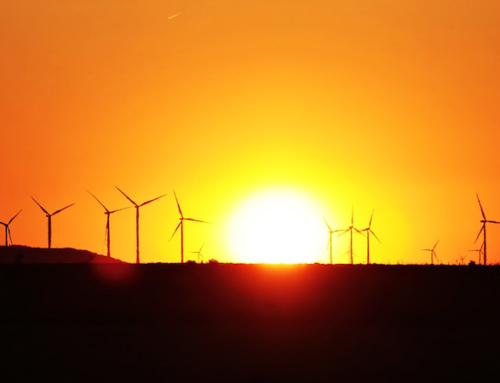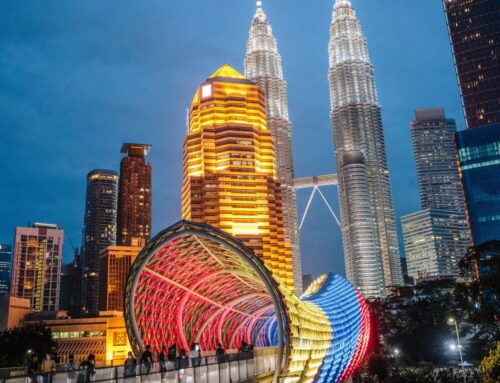Michigan plans to clear 400+ acres of state forest near Gaylord for solar farm
January 2, 2025
GAYLORD, MI – A 420-acre swath of state forestland will be cleared for a solar farm near Gaylord under a lease agreement with the Michigan Department of Natural Resources, confirmed a top state official.
Officials with the DNR recently assessed 1,200 acres of public trust land in Otsego County near a major power transmission line to decide whether it was suitable for solar arrays. Agency leaders ultimately decided to lease 35% of that land to accompany other adjacent solar projects already in the works.
This comes as the DNR faces dwindling revenues from hunting and fishing licenses, and Michigan falls behind building enough renewable energy fast enough to risk not meeting a key state climate goal – 100% clean energy by 2040.
Leasing 4,000 acres of public land statewide is part of the DNR’s plan to help remedy both problems in coming years. Officials said that state solar initiative may begin just west of Gaylord.
Forest for the trees
A public notice advertising competitive bidding for solar proposals on 420 acres of state land in Otsego County’s Hayes Township is expected to be published in coming days in both the Gaylord newspaper and on the DNR website, confirmed Scott Whitcomb, DNR director of public lands office.
He said the DNR will schedule a public hearing if requested by local governments and enough members of the public.
MLive filed a Freedom of Information Act request for documents and digital files associated with the project on Oct. 21, 2024, which remains pending.
State decision-makers know this choice will be criticized, Whitcomb said.
“Not incredibly popular with everyone. I will be frank about that.”
Deforesting land for renewable energy has become the focus of recent scientific study. Evidence from both Harvard University and Chinese researchers shows the loss of carbon-dioxide gobbling forests for solar installations results in a net increase in greenhouse gas emissions – the air pollution which fuels the accelerating climate crisis.
That means it’s counter-productive to the climate fight to clear cut forests, even for renewable energy sources which don’t pump greenhouse gases into the atmosphere. That’s simply how good forests are at turning carbon-dioxide into oxygen through natural photosynthesis.
Some of the acreage in question near Gaylord was previously clear cut and replanted with red pine seedlings, a favorite in the timber industry. Other parts remain forested and host oil and gas wellheads.
Yet the biggest factor at the site remains the nearby high-voltage transmission line.
Making a planned 200-megawatt solar farm on adjacent private land larger by 420 acres of “less than pristine” public land bisected by an existing major powerline would reduce the need to build even more connecting powerlines, Whitcomb said.
He argued it’s a matter of infrastructure logistics for this tract of state forestland that may not be available at other, even more altered land elsewhere.
“You could have a degraded site and it’s not close to an interconnect, or if it’s close to an interconnect, it might not be in a place where the grid can take the electrons,” Whitcomb said.
He said the DNR had to decide whether it could lose this particular forest at the 45th Parallel in rural Otsego County.
“I would rather make the development a little bigger here and avoid creating a new development elsewhere that has those same impacts,” he said.
The trouble is that the Michigan Healthy Climate Plan specifically says to “avoid land-use conversion that causes a net increase in (greenhouse gas) emissions and prioritize land uses that reduce (greenhouse gas) emissions” in the section about protecting Michigan’s land and water.
Whitcomb said he hopes to mitigate that conflict by using a portion of any future DNR solar leasing revenues to buy other land that may be more beneficial for wildlife habitat connectivity, public access needs and carbon sequestration.
But that’s not the plan for all the expected solar leasing revenue.
“We don’t give this land away for free,” Whitcomb said. “That lease revenue can go into natural resources management. So, I wouldn’t say it’s the only reason, but it is something we think about. The bottom line is, we have to pay for the activities of this agency somehow.”
Search
RECENT PRESS RELEASES
Related Post




